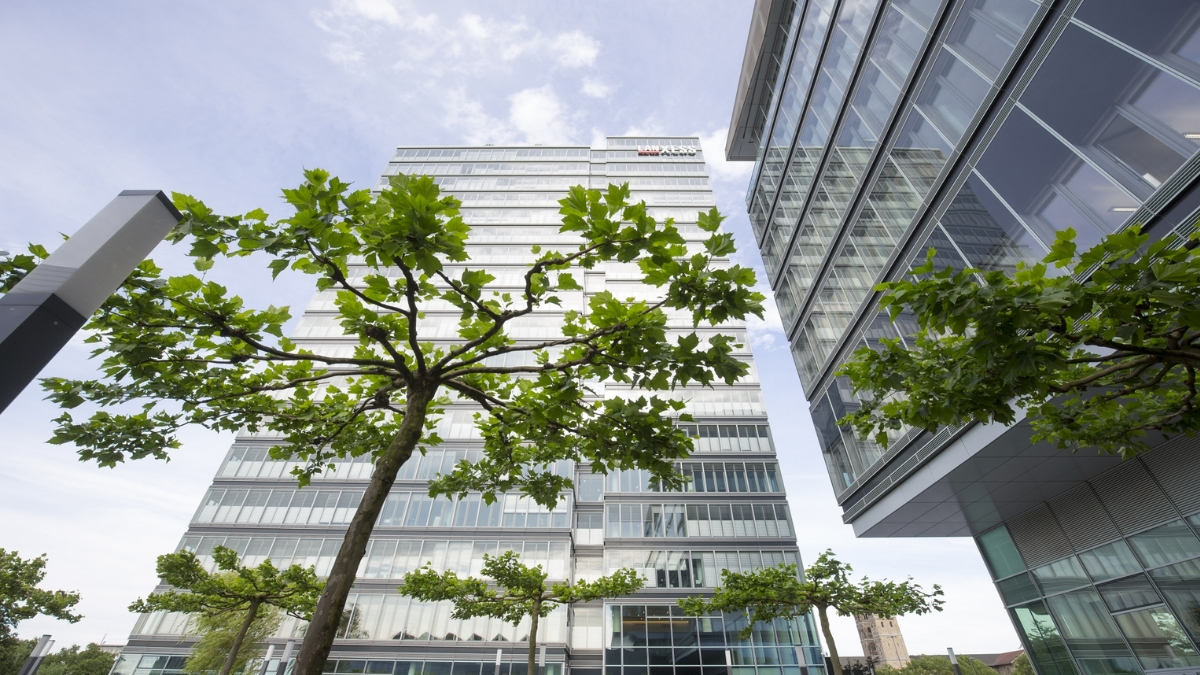Retail inflation at 18-month low of 4.7%

NEW DELHI: India’s retail inflation slid to an 18-month low of 4.7% in April, compared to 5.66% in March, official data on Friday showed, bringing relief to consumers and the government alike.
The headline Consumer Price Index has come within the 6% limit set by the Reserve Bank of India for the second straight month. The central bank’s targeted inflation rate is 4(+/-2)%.
A large part of the decline in household prices was led by declining food prices, the data showed. Food and beverages inflation stood at 4.22% in April against 5.11% in the previous month.
Cooling consumer prices will give the Reserve Bank of India more room to go slow on rate hikes.To control prices, the Reserve Bank of India raised its key lending rate by 250 basis points since the beginning of the cycle in May 2022.
On April 6, the central bank left the repo rate unchanged at 6.50% at its first monetary policy committee (MPC) in the current financial year, surprising most analysts and decoupling from hikes by the US Fed. Governor Shaktikanta Das, however, had underlined that the war against inflation wasn’t over.
Within the food basket, inflation in meat and fish fell 1.23% against a slide of 1.42% last month. Inflation in milk and milk products was 8.85% compared with a 9.31% climb in the previous month. Vegetable prices declined 6.5%, compared to a fall of 8.51% in the previous month, according to the data.
However, cereals continued to see high inflation, rising 13.67% in April compared to a 15.27% growth in March.
Central banks typically raise the repo rate – the interest rate at which commercial banks borrow money by selling their securities to the Reserve Bank – to shrink money supply in the economy to bring prices under control.
Lower interest rates make for easy borrowing and businesses typically borrow to invest in new economic activities. Therefore, more cash supply increases inflation because more money chases fewer goods. Money supply can be increased overnight, but not purchasable goods, which need considerable time to produce.
On the other hand, at times of high inflation, central banks typically increase interest rates to shrink money supply and cool inflation.
Among non-food items, fuel and light inflation stood at 5.52% in April as against 8.91% in March, while housing costs rose 4.91% compared to 4.96% in the previous month. Clothing and footwear inflation was at 7.47% versus 8.18% a month earlier.

Atul Tiwari is a seasoned journalist at Mumbai Times, specializing in city news, culture, and human-interest stories. With a knack for uncovering compelling narratives, Atul brings Mumbai’s vibrant spirit to life through his writing.






